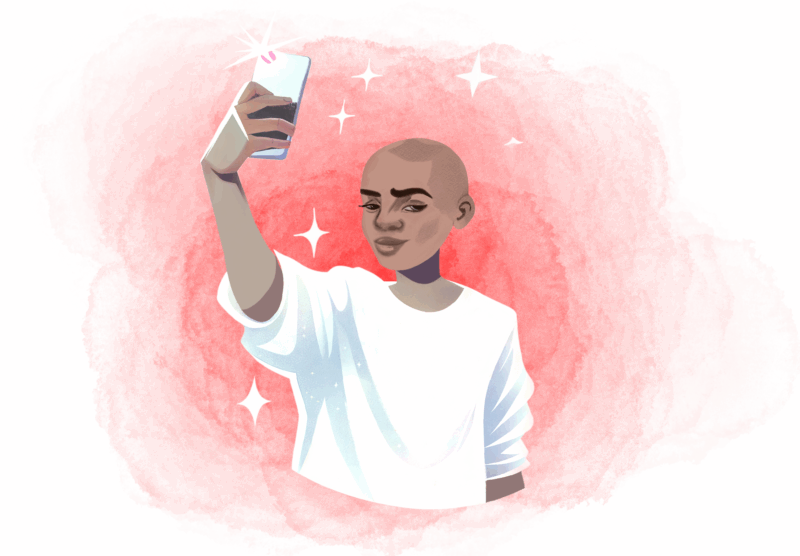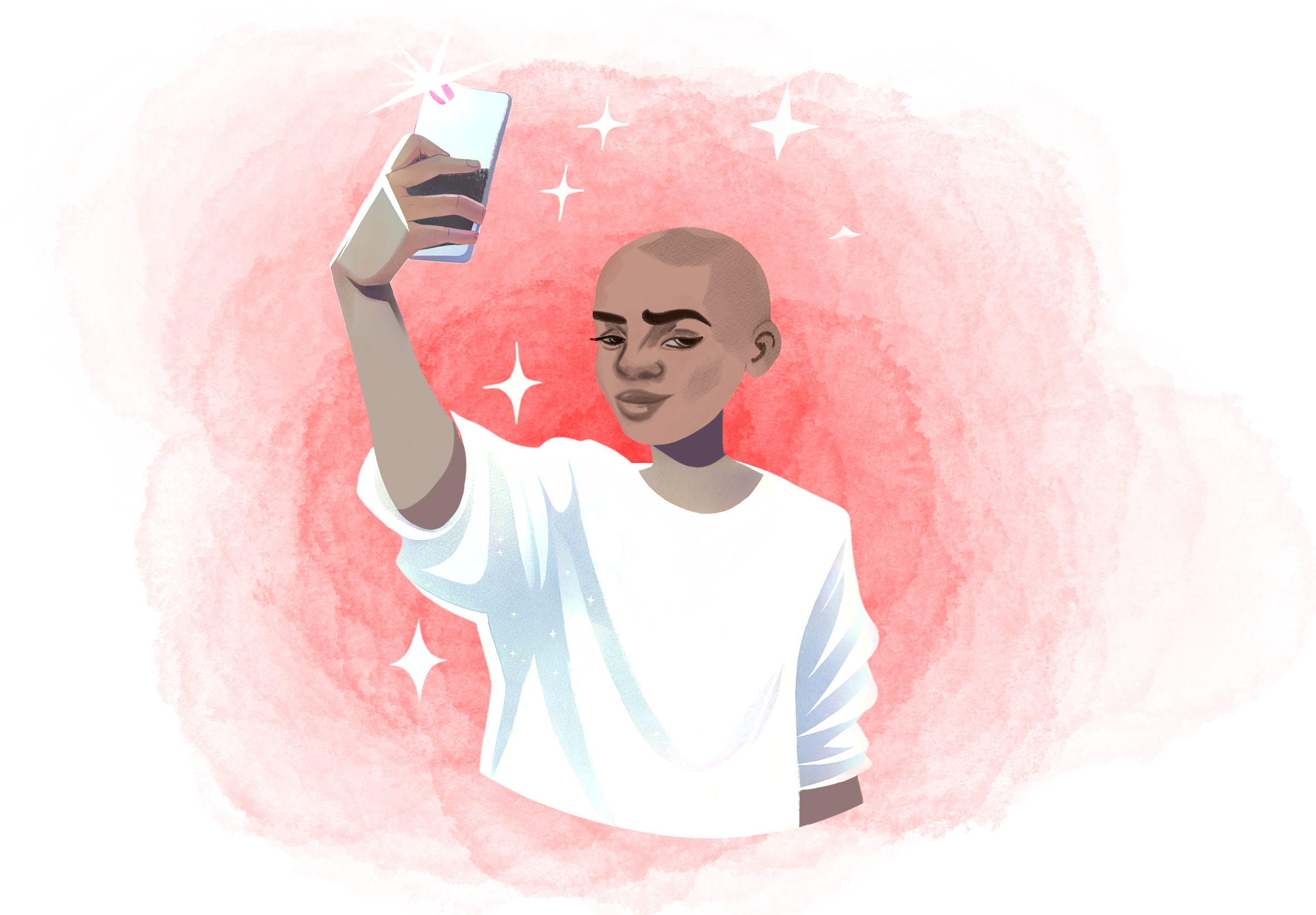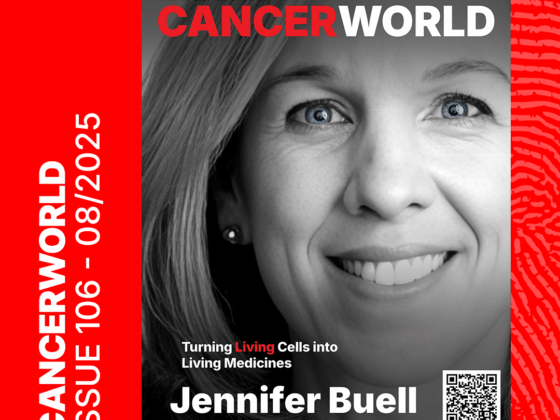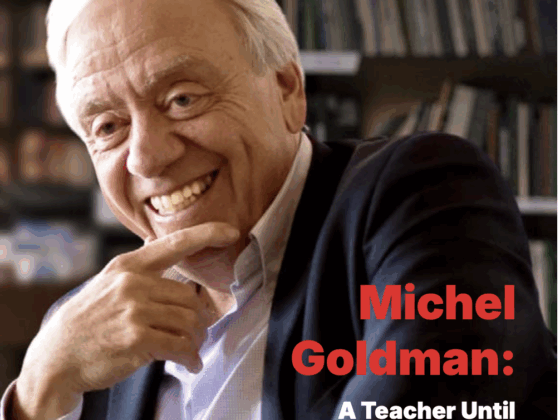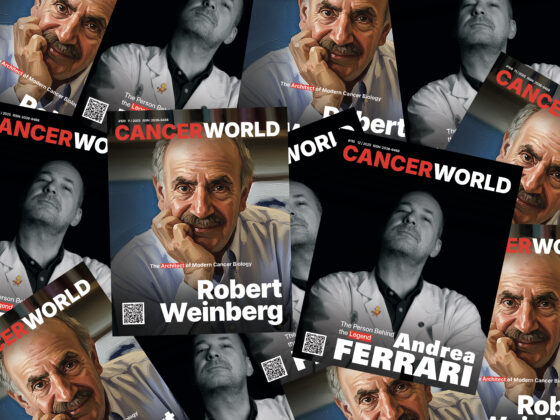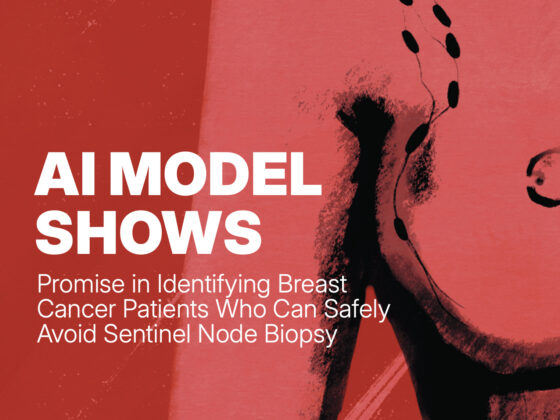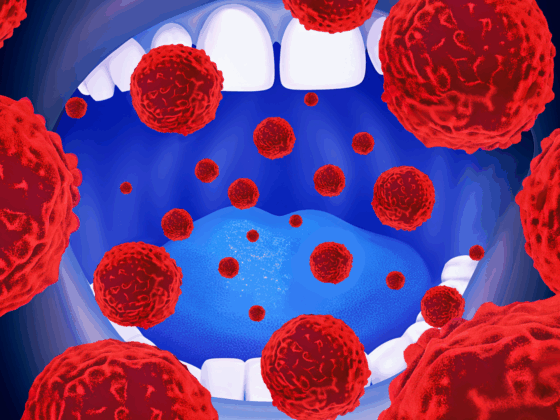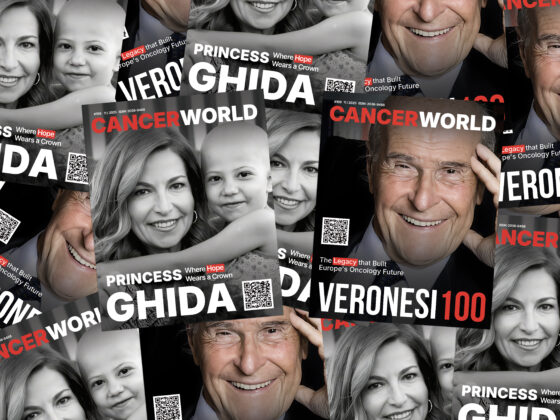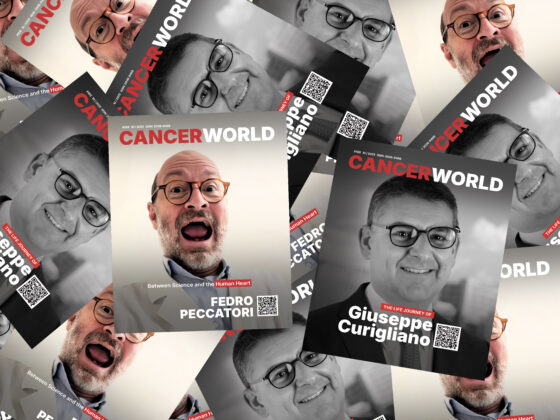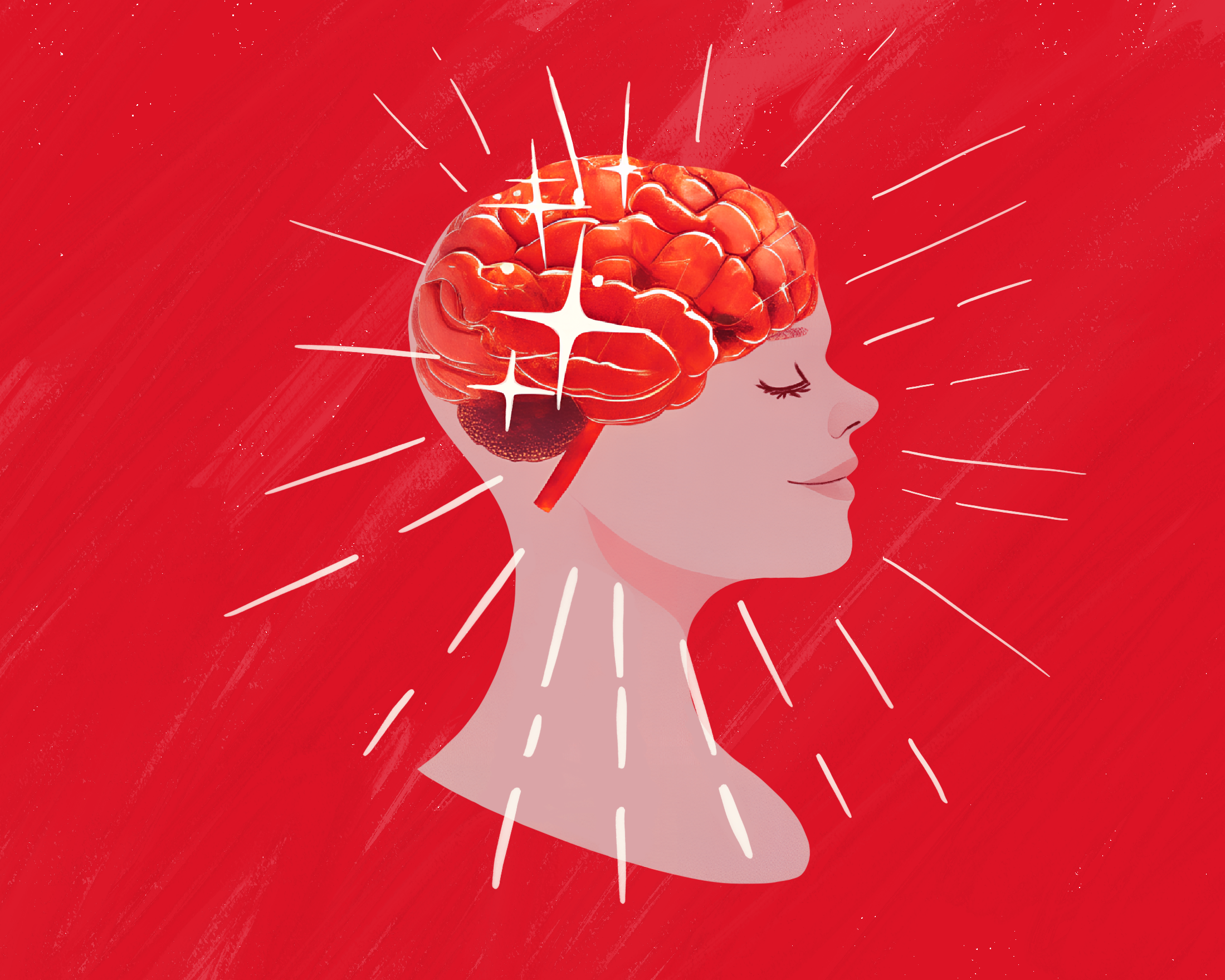A deep learning model using biological age estimations from photographs improved physicians’ survival predictions in patients with incurable cancer receiving palliative care. The study, published in Lancet Digital Health, found that the faces of cancer patients averaged five years older than their chronological age, and that looking older was associated with worse outcomes for several types of cancer.
“This work demonstrates that a photo, like a simple selfie, contains important information that could help to inform clinical decision-making and care plans for patients and clinicians. How old someone looks compared to their chronological age really matters – individuals with face ages younger than their chronological ages do significantly better after cancer therapy,” says Hugo Aerts to CancerWorld, the co-senior author, who is Director of the Artificial Intelligence in Medicine Programme at Harvard Medicine School. The study, to the best of his knowledge, represents the first to validate a deep learning model exploring the association between estimated biological facial age and clinical outcomes.
In clinical practice, the overall first impression gained by the health care professional plays an important role in estimating the patient’s prognosis and balancing the benefits and risks of different treatments. This ‘eye ball’ approach, however, is a subjective assessment of functional status or fragility that only provides a rough estimate of biological age.
“Therefore, there is a compelling need for quantitative methods to improve patient stratification and support physicians in this complex decision-making process for appropriate treatment selection,” write the authors. A person’s biological age, they hypothesised, is reflected in their facial characteristics, leading to the suggestion that deep learning algorithms could be developed to capture this information automatically. The result was the creation of FaceAge AI, a tool that uses ‘convolutional neural networks’ to quantify facial features and predict face age. To operate, FaceAge only requires a face photo (like a selfie) taken by any standard webcam or smartphone.
For the current study, Aerts and colleagues leveraged deep learning and facial technologies to train FaceAge. First, the tool was trained on 56,304 facial images obtained from the IMDb-Wiki database (the largest publicly available dataset of face images together with gender and age labels). It was assumed that people included in the cohort were of average health and that chronological age closely matched biological age. Next, the tool was validated on 2,547 faces from UTKFace (a dataset of 20,000 face images of people aged 0 to 116 years, together with annotations of age, gender, and ethnicity).
The clinical utility of the tool was then validated on data from 6,196 patients with cancer diagnoses from institutions in the US and the Netherlands, using photographs routinely taken at the start of radiotherapy treatment. FaceAge estimates in the cancer cohorts were compared with a non-cancerous reference cohort of 535 individuals. To assess the prognostic relevance of FaceAge, the team performed Kaplan-Meier survival analysis and Cox modelling, adjusting for clinical covariates. The team also assessed the performance of FaceAge in patients with metastatic cancer receiving palliative treatment at the end of life by incorporating FaceAge into clinical prediction models. Finally, to evaluate whether FaceAge has the potential to be a biomarker for molecular ageing, the team conducted a gene-based analysis of patients with non-small-cell lung cancer to assess associations with 22 genes linked to senescence.
Results showed that on average, patients with cancer looked older than their chronological age, with a mean increase of 4.70 years with respect to the non-cancerous reference cohort (P<0.0001).
Furthermore, older biological age than the patient’s real chronological age correlated with worse overall survival in a pan-cancer cohort (HR 1.151, P=0.013), a thoracic cancer cohort (HR 1.117, P =0.021), and a palliative cohort (HR 1.117, P=0.021).
In patients with incurable cancers receiving palliative treatments, introducing FaceAge improved physicians’ survival predictions. Area under the curve (a measure of model performance) increased from 0.74 [95% CI 0.70 – 0.78] to 0.8 [0.76-0.83); (P<0.0001).
The investigators observed an inverse association between CDK6 (a gene with an important role in regulating the G1/S checkpoint of the cell cycle) with FaceAge. By contrast, after adjusting for multiple comparisons, no genes showed significant associations with chronological age.
“Our results suggest that the facial characteristics visible in a photograph hold information about a person’s age that deep learning algorithms can use to enhance the accuracy of survival forecasts for patients with cancer,” conclude the authors. Notably, they add, FaceAge performed well in both patients treated for curative intent (with life expectancies of several years) and those at the end of life (with expected survivals of weeks to months).
“To test how clinicians might use FaceAge, we also showed that FaceAge significantly improved the performance of a validated clinical risk-scoring model for estimating survival in patients at the end of life who received palliative radiation treatment, a patient population for which improvements in treatment decision making using such models are critical,” write the authors. Evidence from SNP gene analysis that FaceAge correlates with molecular processes of cell-cycle regulation and cellular senescence supports the hypothesis that FaceAge is a biomarker related to biological ageing.
The authors acknowledge study limitations, such as the IMDb-Wiki database training cohort containing a substantial proportion of people in the public eye who might be more likely to have undergone cosmetic procedures influencing biological age estimations from photographs. Ethical concerns have been raised about the potential misuse of FaceAge to determine the insurability of prospective policyholders.
“Before clinical implementation, further work is needed to address these technical and ethical concerns, including optimisation and standardisation of training datasets to account for potential technical, health-related, and racial biases,” write the authors.

